Table of Contents
Hemp vs PLA: Which Plant-Based Material Wins in Packaging?
As sustainable packaging solutions gain traction in the cannabis industry, two plant-based materials have emerged as frontrunners: hemp and polylactic acid (PLA). Both offer alternatives to traditional petroleum-based plastics, but they differ significantly in production methods, environmental impact, and practical applications. This comparison examines which material might be better suited for specific packaging needs.
Material Origins: Hemp and PLA Compared
Hemp packaging derives from the Cannabis sativa plant's stalks and stems, containing high cellulose content that creates strong fibers. As explored in this analysis of hemp-based plastics, the material requires minimal processing compared to many alternatives.
PLA, conversely, is typically produced from fermented plant starch, most commonly corn. This fermentation process converts sugars into lactic acid, which is then polymerized into a versatile bioplastic. While both materials start with plants, their manufacturing processes differ substantially in complexity and resource requirements.
Environmental Impact and Biodegradability
Hemp packaging boasts impressive environmental credentials. According to sustainability research, hemp grows rapidly with minimal pesticides and regenerates soil health. However, the reality of hemp biodegradability can be more complex than marketing suggests.
PLA offers certified compostability but typically requires industrial composting facilities to break down properly. In home composting or landfill conditions, PLA may persist for years. This limitation has led some brands to explore hemp alternatives despite higher costs.
Performance Metrics: Durability and Versatility
PLA excels in consistency and versatility, offering reliable performance across various packaging applications from rigid containers to flexible films. Its transparency and printability make it popular for consumer-facing packaging.
Hemp packaging provides exceptional strength and durability, particularly in rigid applications. Many companies utilizing custom packaging solutions for pre-rolls and cones have found that hemp-based options offer superior structural integrity compared to conventional alternatives.
Material Strengths by Application Type
- Child-resistant packaging: PLA offers better precision for complex mechanisms
- Paper and cardboard alternatives: Hemp provides superior tensile strength
- Flexible packaging: PLA currently offers more versatility
- Tamper-evident solutions: Both materials can be effective, as explored in this tamper-evident packaging analysis
Cost Considerations for Scaling Production
Cost remains a significant factor when comparing these materials. PLA benefits from established production infrastructure and economies of scale, making it generally less expensive than hemp alternatives. As detailed in this economic analysis, hemp packaging typically commands a 15-30% price premium.
However, as hemp cultivation expands and processing technology improves, this gap may narrow. Brands must weigh immediate cost concerns against long-term sustainability goals and consumer perception benefits.
Regulatory Compliance and Market Acceptance
Both materials face different regulatory challenges. Hemp packaging must navigate the complex regulatory landscape surrounding cannabis-derived products, even when THC-free. The question of FDA approval for hemp packaging remains important for food-contact applications.
PLA has gained wider regulatory acceptance and certification for food contact, making it currently easier to implement across various product categories. However, consumer perception increasingly favors hemp's natural associations, particularly for cannabis products seeking alignment between product and packaging origins.
Strategic Implementation for Brand Sustainability
Rather than viewing hemp and PLA as competing alternatives, forward-thinking brands are implementing hybrid approaches. This might include using hemp for outer packaging and structural elements while employing PLA for necessary barrier properties or specialized components.
The most successful sustainability strategies recognize that material choice represents just one aspect of environmental impact. Considerations such as transportation distance, energy sources for manufacturing, and end-of-life infrastructure accessibility often determine a packaging solution's true environmental footprint.
As both technologies evolve, the distinction between hemp and PLA packaging may become less pronounced, with innovations creating bio-composites that leverage the strengths of multiple plant-based materials. The winning approach will likely combine pragmatic material selection with comprehensive lifecycle assessment.

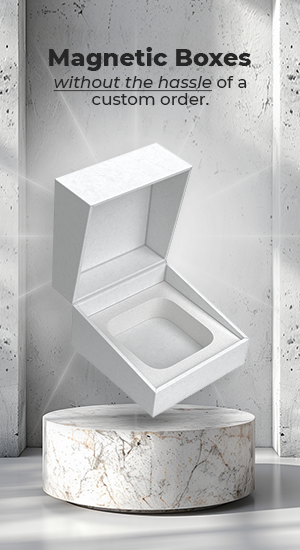
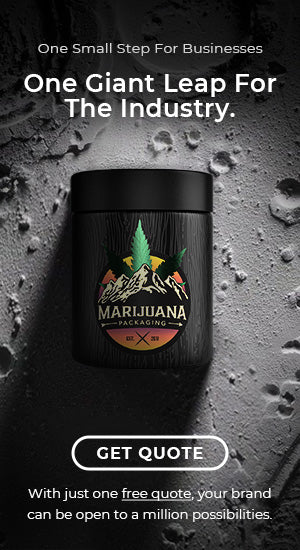
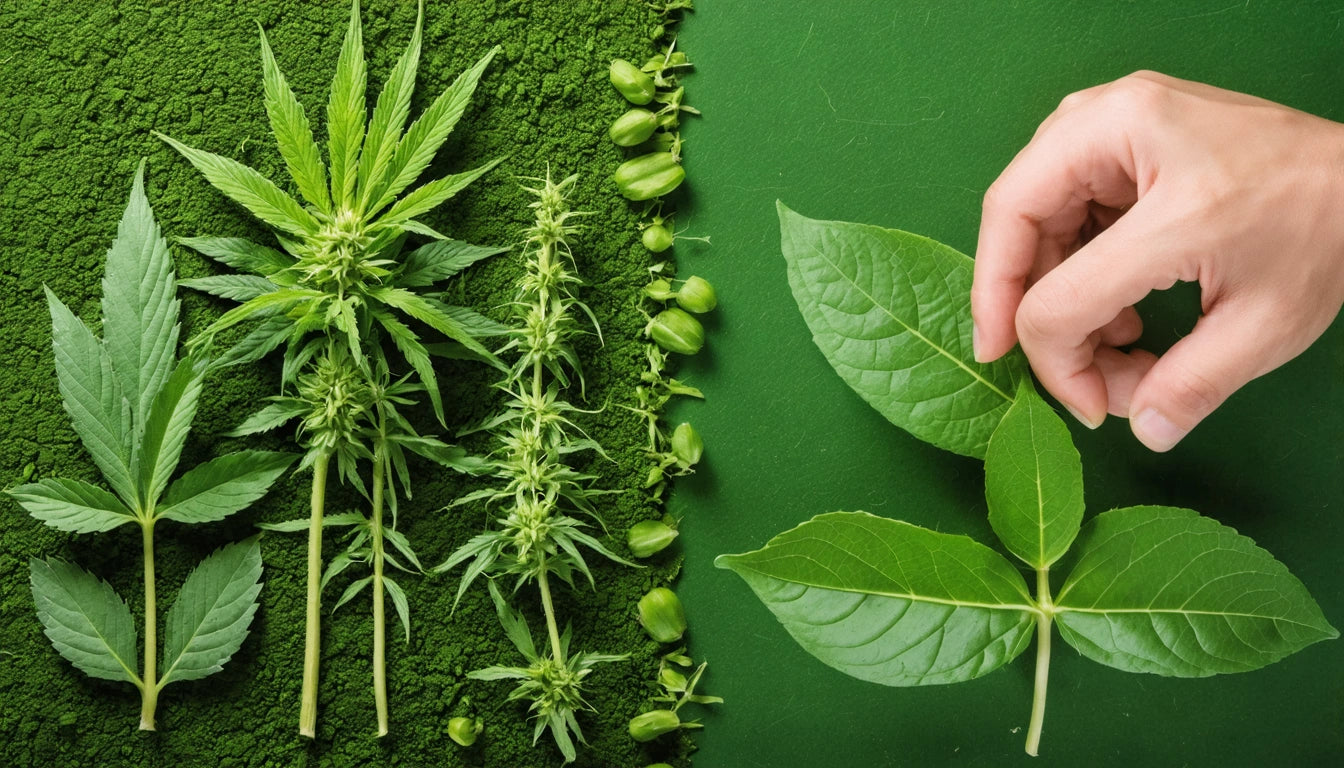

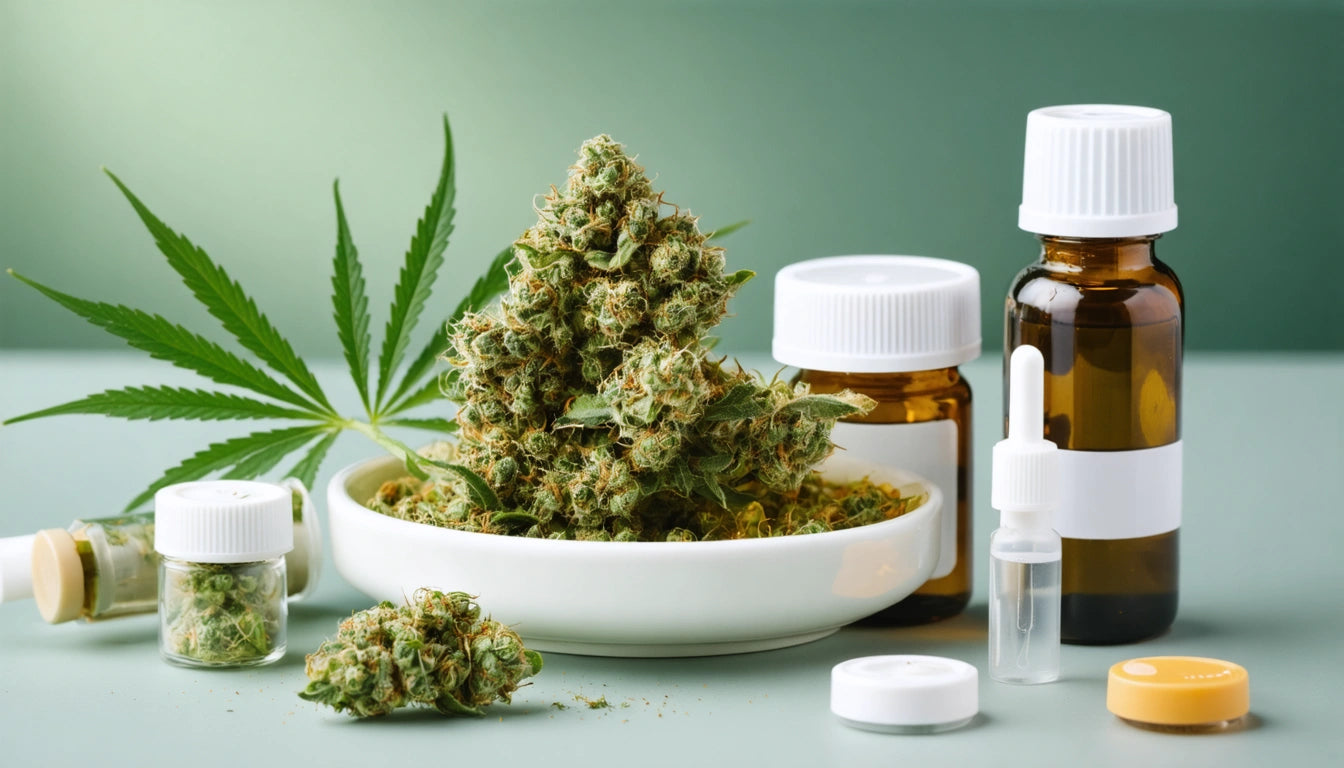
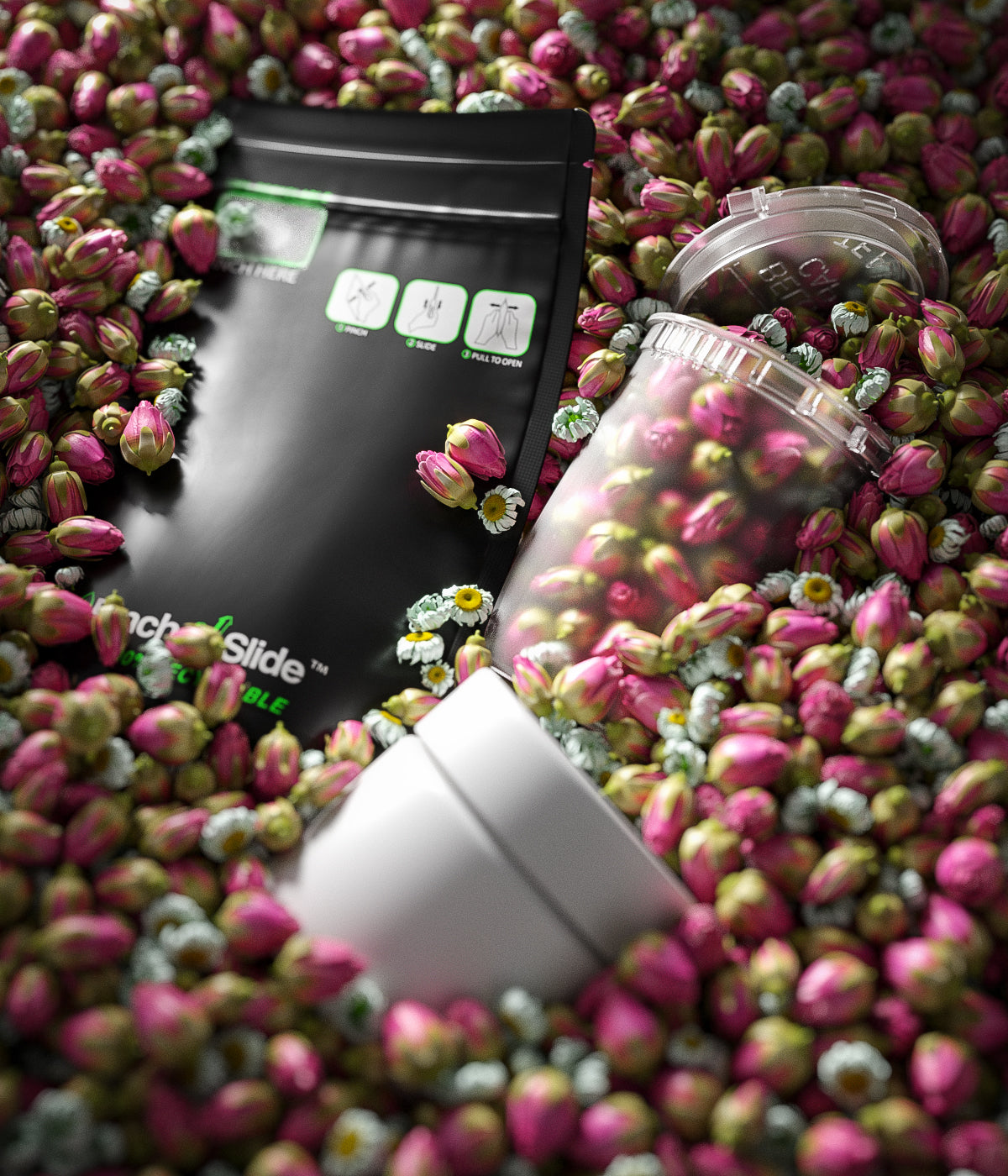
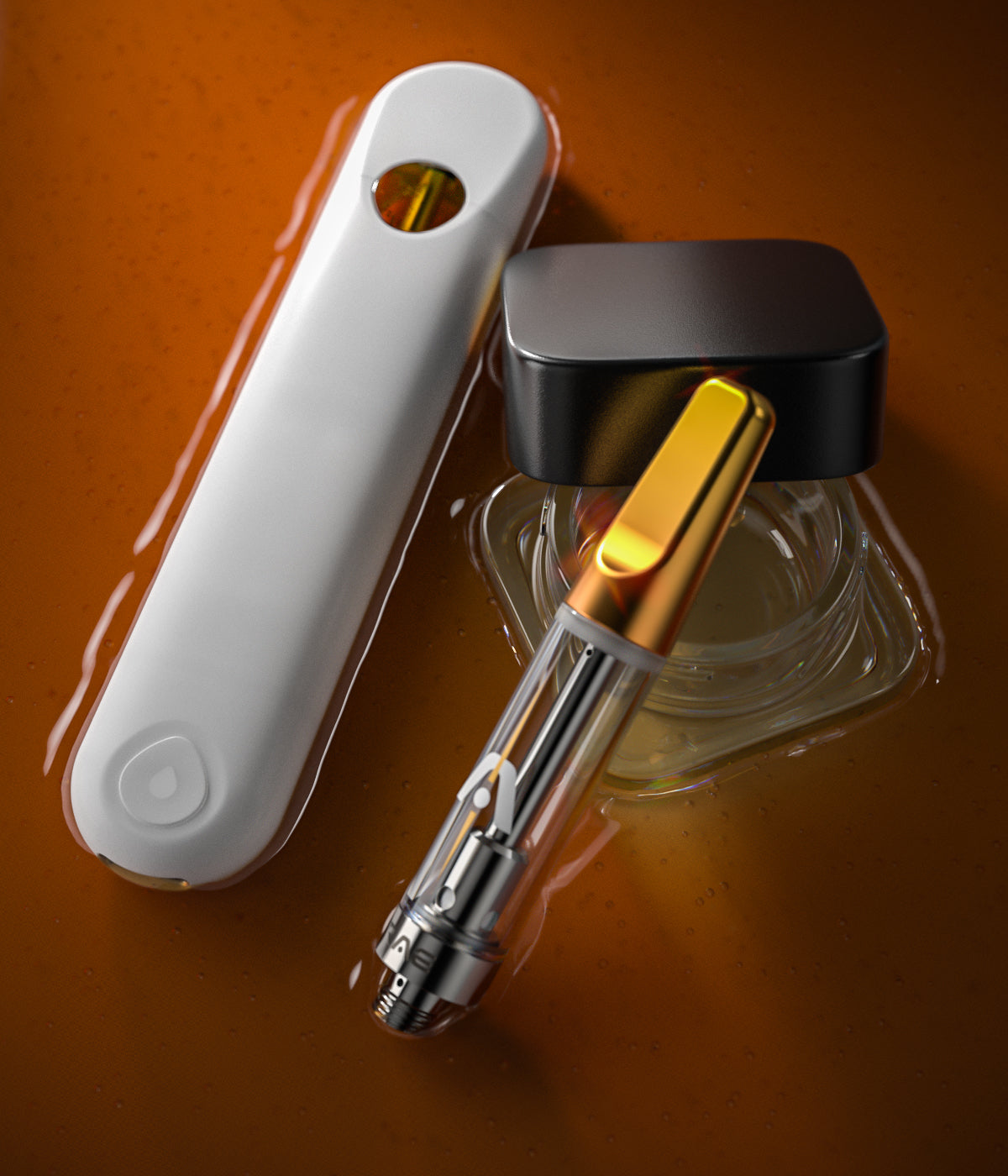
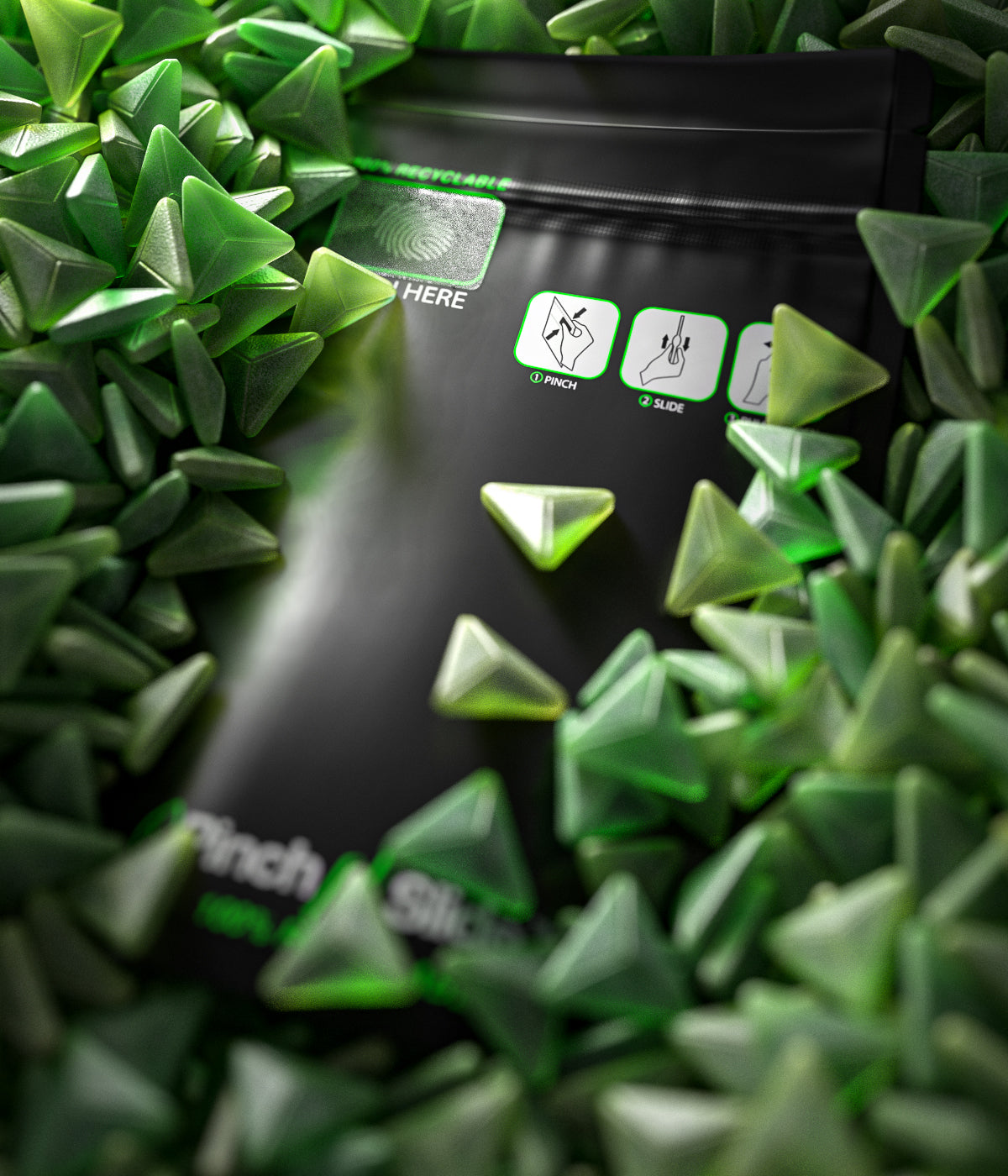

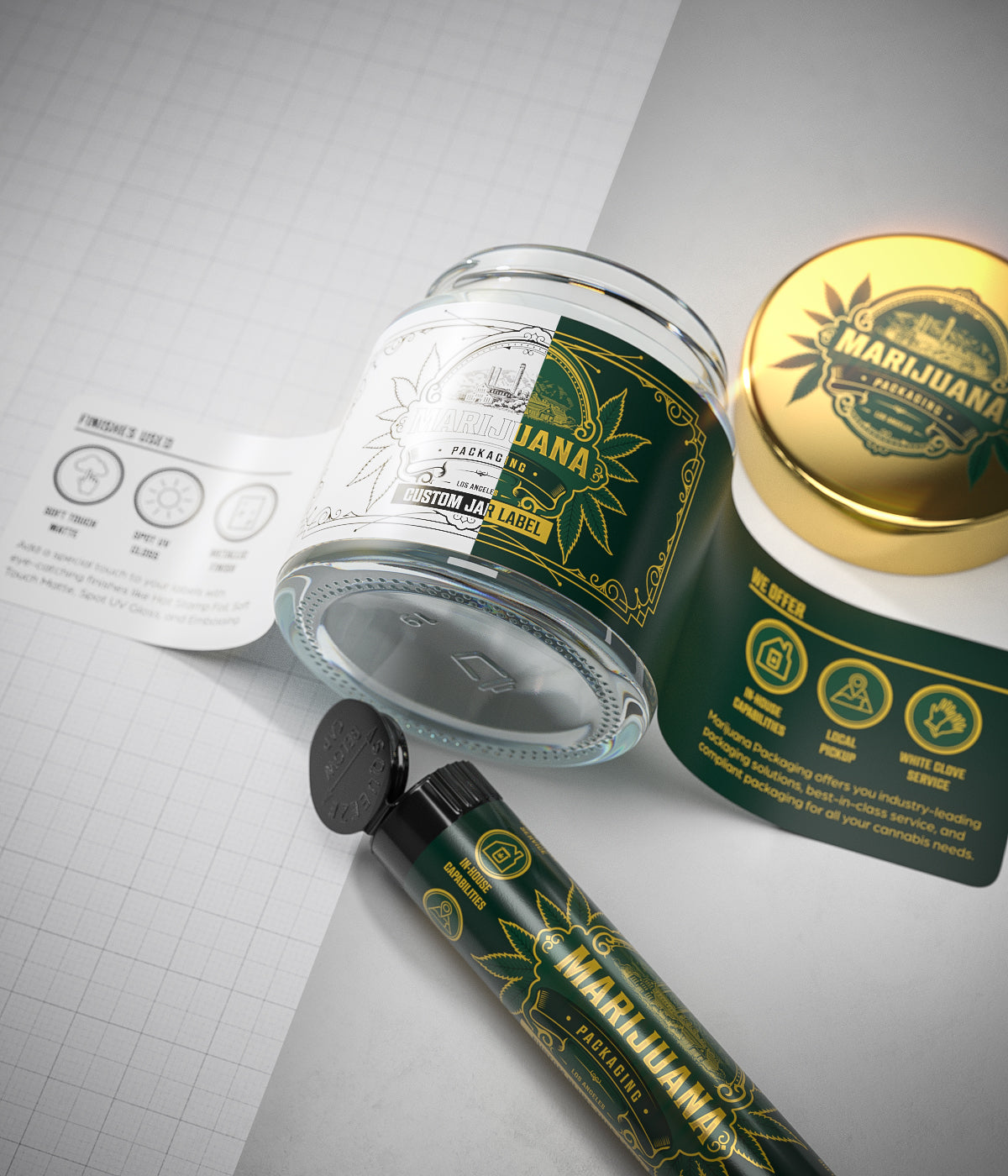
Leave a comment
All comments are moderated before being published.
This site is protected by hCaptcha and the hCaptcha Privacy Policy and Terms of Service apply.